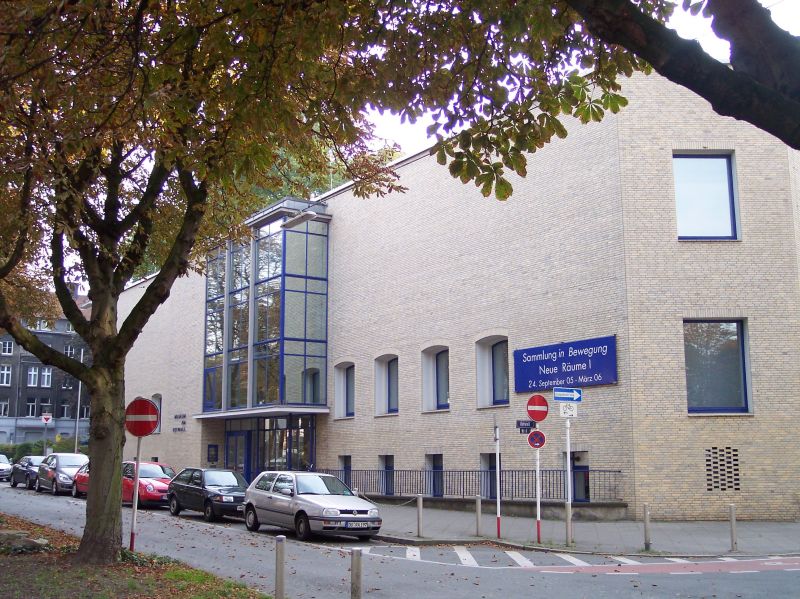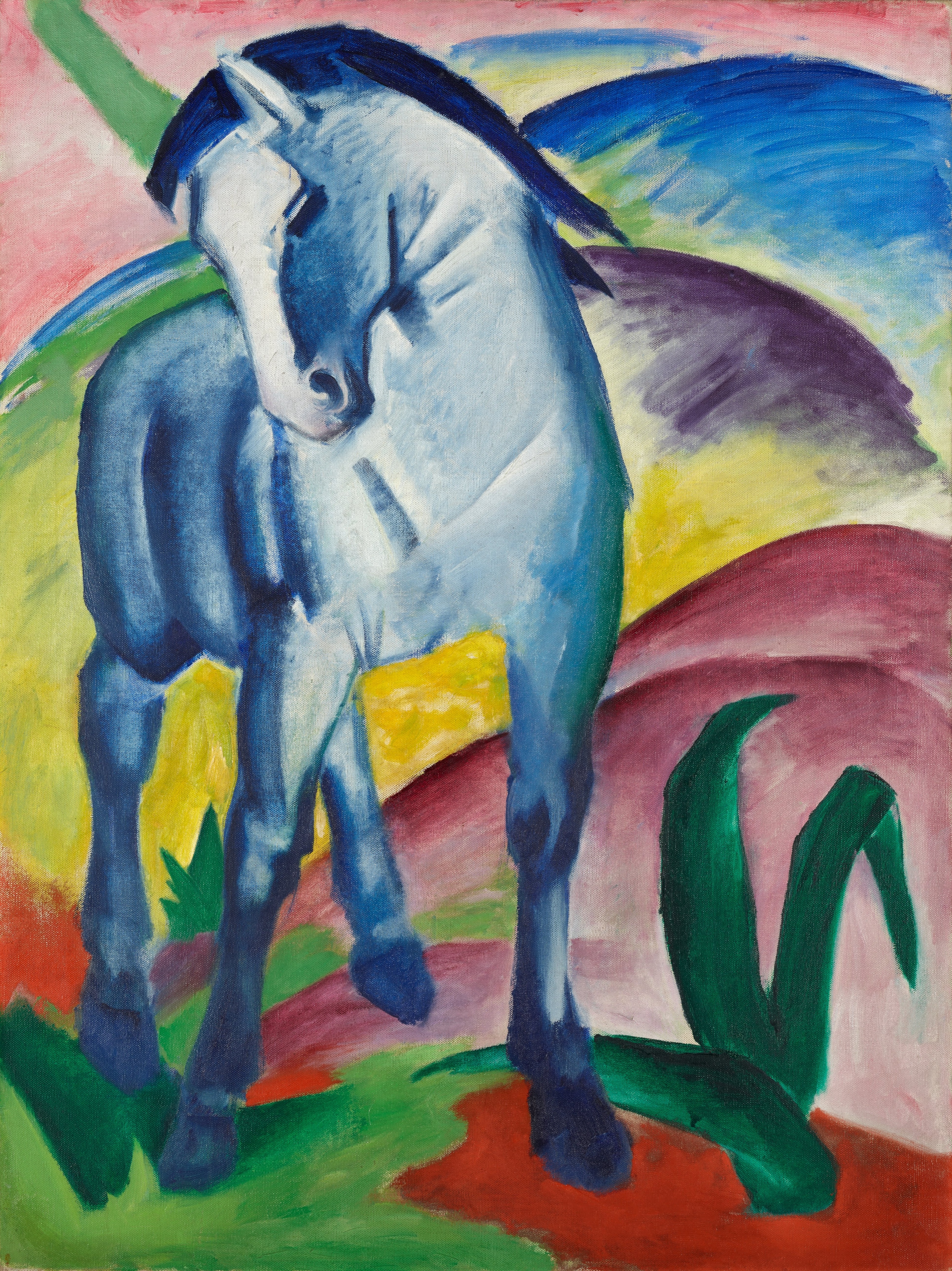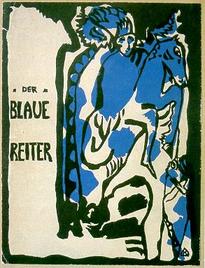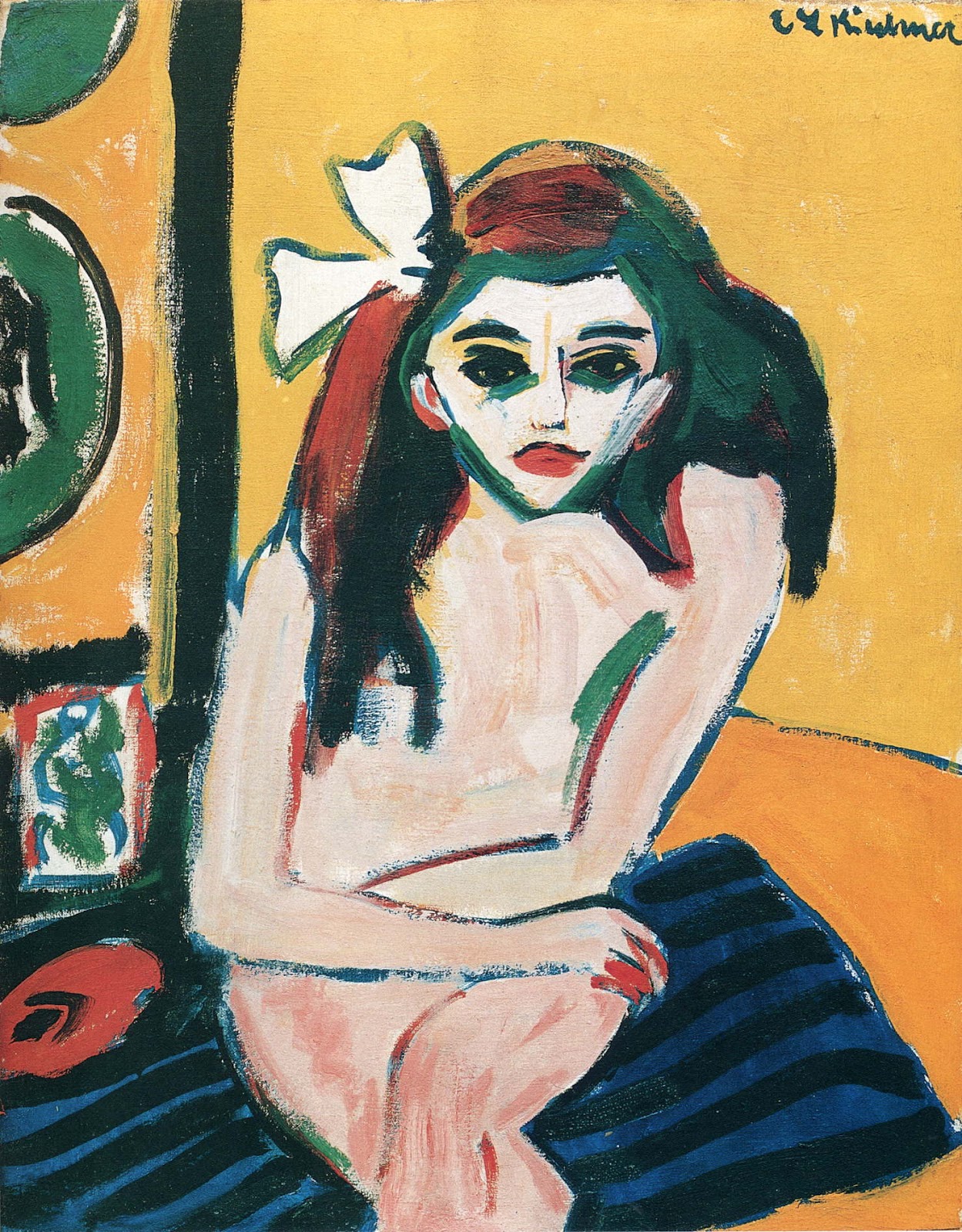|
Museum Ostwall
The Museum Ostwall (known as Museum am Ostwall until 2010) is a museum of modern and contemporary art in Dortmund, Germany. It was founded in the late 1940s, and has been located in the Dortmund U-Tower since 2010. The collection includes paintings, sculptures, objects and photographs from the 20th century, plus over 2,500 graphics, spanning Expressionism through classic modern art to the present day. History The museum's original location, from 1947 until 2009, was a building on the Ostwall (a road in central Dortmund following the old city walls), including a small sculpture garden. The previous building on the site had been the '' Museum für Kunst und Kulturgeschichte'' (MKK), a municipal art collection, from 1911 until its destruction in World War II; before 1911 it housed the old Westphalia Mining Authority. [...More Info...] [...Related Items...] OR: [Wikipedia] [Google] [Baidu] |
Dortmund Museum Am Ostwall
Dortmund (; Westphalian language, Westphalian nds, Düörpm ; la, Tremonia) is the third-largest city in North Rhine-Westphalia after Cologne and Düsseldorf, and the List of cities in Germany by population, eighth-largest city of Germany, with a population of 588,250 inhabitants as of 2021. It is the largest city (by area and population) of the Ruhr, Germany's largest urban area with some 5.1 million inhabitants, as well as the largest city of Westphalia. On the Emscher and Ruhr (river), Ruhr rivers (tributaries of the Rhine), it lies in the Rhine-Ruhr, Rhine-Ruhr Metropolitan Region and is considered the administrative, commercial, and cultural center of the eastern Ruhr. Dortmund is the second-largest city in the Low German dialect area after Hamburg. Founded around 882,:File:Boevinghausen erwaehnung.jpg, Wikimedia Commons: First documentary reference to Dortmund-Bövinghausen from 882, contribution-list of the Werden Abbey (near Essen), North-Rhine-Westphalia, Germany Dortmu ... [...More Info...] [...Related Items...] OR: [Wikipedia] [Google] [Baidu] |
Museum Für Kunst Und Kulturgeschichte
The Museum für Kunst und Kulturgeschichte or MKK (''Museum of Art and Cultural History'') is a municipal museum in Dortmund, Germany. It is currently located in an Art Deco building which was formerly the Dortmund Savings Bank. The collection includes paintings, sculptures, furniture and applied art, illustrating the cultural history of Dortmund from early times to the 20th century. There are regular temporary exhibitions of art and culture, as well as a permanent exhibition on the history of surveying, with rare geodetic instruments.Das Museum History It was founded in 1883 as a collection of historical and artistic objects. It changed location several times in the early years, and came to include |
Franz Marc
Franz Moritz Wilhelm Marc (8 February 1880 – 4 March 1916) was a German painter and printmaker, one of the key figures of German Expressionism. He was a founding member of '' Der Blaue Reiter'' (The Blue Rider), a journal whose name later became synonymous with the circle of artists collaborating in it. His mature works mostly depict animals, and are known for bright colouration. He was drafted to serve in the German Army at the beginning of World War I, and died two years later at the Battle of Verdun. In the 1930s, the Nazis named him a degenerate artist as part of their suppression of modern art. However, most of his work survived World War II, securing his legacy. His work is now exhibited in many eminent galleries and museums. When up for auction, his major paintings attract large sums, with a record of £42,654,500 for ''Die Füchse'' (''The Foxes''). Early life Franz Marc was born in 1880 in Munich, the then capital of the Kingdom of Bavaria. His father, Wilhel ... [...More Info...] [...Related Items...] OR: [Wikipedia] [Google] [Baidu] |
Wassily Kandinsky
Wassily Wassilyevich Kandinsky (; rus, Василий Васильевич Кандинский, Vasiliy Vasilyevich Kandinskiy, vɐˈsʲilʲɪj vɐˈsʲilʲjɪvʲɪtɕ kɐnʲˈdʲinskʲɪj; – 13 December 1944) was a Russian painter and art theorist. Kandinsky is generally credited as one of the pioneers of abstraction in western art, possibly after Hilma af Klint. Born in Moscow, he spent his childhood in Odessa, where he graduated at Grekov Odessa Art School. He enrolled at the University of Moscow, studying law and economics. Successful in his profession—he was offered a professorship (chair of Roman Law) at the University of Dorpat (today Tartu, Estonia)—Kandinsky began painting studies (life-drawing, sketching and anatomy) at the age of 30. In 1896, Kandinsky settled in Munich, studying first at Anton Ažbe's private school and then at the Academy of Fine Arts. He returned to Moscow in 1914, after the outbreak of World War I. Following the Russian Rev ... [...More Info...] [...Related Items...] OR: [Wikipedia] [Google] [Baidu] |
Der Blaue Reiter
''Der Blaue Reiter'' (The Blue Rider) is a designation by Wassily Kandinsky and Franz Marc for their exhibition and publication activities, in which both artists acted as sole editors in the almanac of the same name, first published in mid-May 1912. The editorial team organized two exhibitions in Munich in 1911 and 1912 to demonstrate their art-theoretical ideas based on the works of art exhibited. Travelling exhibitions in German and other European cities followed. The Blue Rider disbanded at the start of World War I in 1914. The artists associated with ''Der Blaue Reiter'' were important pioneers of modern art of the 20th century; they formed a loose network of relationships, but not an art group in the narrower sense like '' Die Brücke'' (The Bridge) in Dresden. The work of the affiliated artists is assigned to German Expressionism. History The forerunner of The Blue Rider was the Neue Künstlervereinigung München (N.K.V.M; New Artists' Association Munich), instigated ... [...More Info...] [...Related Items...] OR: [Wikipedia] [Google] [Baidu] |
Dresden
Dresden (, ; Upper Saxon: ''Dräsdn''; wen, label= Upper Sorbian, Drježdźany) is the capital city of the German state of Saxony and its second most populous city, after Leipzig. It is the 12th most populous city of Germany, the fourth largest by area (after Berlin, Hamburg and Cologne), and the third most populous city in the area of former East Germany, after Berlin and Leipzig. Dresden's urban area comprises the towns of Freital, Pirna, Radebeul, Meissen, Coswig, Radeberg and Heidenau and has around 790,000 inhabitants. The Dresden metropolitan area has approximately 1.34 million inhabitants. Dresden is the second largest city on the River Elbe after Hamburg. Most of the city's population lives in the Elbe Valley, but a large, albeit very sparsely populated area of the city east of the Elbe lies in the West Lusatian Hill Country and Uplands (the westernmost part of the Sudetes) and thus in Lusatia. Many boroughs west of the Elbe lie in the foreland of the ... [...More Info...] [...Related Items...] OR: [Wikipedia] [Google] [Baidu] |
Die Brücke
The Brücke (Bridge), also Künstlergruppe Brücke or KG Brücke was a group of German expressionist artists formed in Dresden in 1905. Founding members were Fritz Bleyl, Erich Heckel, Ernst Ludwig Kirchner and Karl Schmidt-Rottluff. Later members were Emil Nolde, Max Pechstein and Otto Mueller. The seminal group had a major impact on the evolution of modern art in the 20th century and the creation of expressionism."The Artists' Association 'Brücke'" Brücke Museum. Retrieved 7 September 2007. The group came to an end around 1913. The Brücke Museum in Berlin was named after the group. The Brücke is sometimes compared to the roughly ... [...More Info...] [...Related Items...] OR: [Wikipedia] [Google] [Baidu] |
Karl Schmidt-Rottluff
Karl Schmidt-Rottluff (Karl Schmidt until 1905; 1 December 1884 – 10 August 1976) was a German expressionist painter and printmaker; he was one of the four founders of the artist group Die Brücke. Life and work Schmidt-Rottluff was born in Rottluff, nowadays a district of Chemnitz, on 1 December 1884. He attended the ''humanistische gymnasium'' (classics-oriented secondary school) in Chemnitz, where he befriended Erich Heckel. He enrolled in architecture at the Sächsische Technische Hochschule in Dresden in 1905, following in Heckel's footsteps, but gave up after one term. Whilst he was there, however, Erich Heckel introduced him to Ernst Ludwig Kirchner and Fritz Bleyl. They all passionately shared similar artistic interests and used architecture as a front to study art. They founded Die Brücke in Dresden on 7 June 1905, with the aim of creating a style that was uncompromising and which renounced all traditions. Its first exhibition opened in Leipzig in November of the sam ... [...More Info...] [...Related Items...] OR: [Wikipedia] [Google] [Baidu] |
Emil Nolde
Emil Nolde (born Hans Emil Hansen; 7 August 1867 – 13 April 1956) was a German-Danish painter and printmaker. He was one of the first Expressionists, a member of Die Brücke, and was one of the first oil painting and watercolor painters of the early 20th century to explore color. He is known for his brushwork and expressive choice of colors. Golden yellows and deep reds appear frequently in his work, giving a luminous quality to otherwise somber tones. His watercolors include vivid, brooding storm-scapes and brilliant florals. Nolde's intense preoccupation with the subject of flowers reflected his interest in the art of Vincent van Gogh. Even though his art was included in the ''Entartete Kunst'' exhibition of 1937, Nolde was a racist, anti-semite and a staunch supporter of Nazi Germany. Biography Emil Nolde was born as Hans Emil Hansen, near the village of Nolde (since 1920 part of the municipality of Burkal in Southern Jutland, Denmark), in the Prussian Duchy of Schleswi ... [...More Info...] [...Related Items...] OR: [Wikipedia] [Google] [Baidu] |
Otto Mueller
Otto Müller (16 October 1874 – 24 September 1930) was a German painter and printmaker of the Die Brücke expressionist movement. Life and work Mueller was born in Liebau (now Lubawka, Kamienna Góra County), Kreis Landeshut, Silesia. Between 1890 and 1892 he was trained in lithography in Görlitz and Breslau. From 1894 to 1896 he studied at the Academy of Fine Arts in Dresden and continued his study in Munich during 1898. He left Munich's academy after Franz von Stuck classified him as untalented. His early works are influenced by impressionism, Jugendstil and Symbolism. When he settled to Berlin in 1908, his style became more expressionist. During this time there were meetings with Wilhelm Lehmbruck, Rainer Maria Rilke and Erich Heckel. In 1910, he joined ' Die Brücke', a Dresden-based group of Expressionist artists. He was member of the group until it disbanded in 1913 due to artistic differences. At the same time Mueller also had contact with the artists group 'Der ... [...More Info...] [...Related Items...] OR: [Wikipedia] [Google] [Baidu] |
Ernst Ludwig Kirchner
Ernst Ludwig Kirchner (6 May 1880 – 15 June 1938) was a German expressionist painter and printmaker and one of the founders of the artists group Die Brücke or "The Bridge", a key group leading to the foundation of Expressionism in 20th-century art. He volunteered for army service in the First World War, but soon suffered a breakdown and was discharged. His work was branded as " degenerate" by the Nazis in 1933, and in 1937 more than 600 of his works were sold or destroyed."Ernst Ludwig Kirchner: German, 1880–1938" . |
Degenerate Art
Degenerate art (german: Entartete Kunst was a term adopted in the 1920s by the Nazi Party in Germany to describe modern art. During the dictatorship of Adolf Hitler, German modernist art, including many works of internationally renowned artists, was removed from state-owned museums and banned in Nazi Germany on the grounds that such art was an "insult to German feeling", un-German, Freemasonic, Jewish, or Communist in nature. Those identified as degenerate artists were subjected to sanctions that included being dismissed from teaching positions, being forbidden to exhibit or to sell their art, and in some cases being forbidden to produce art. ''Degenerate Art'' also was the title of an exhibition, held by the Nazis in Munich in 1937, consisting of 650 modernist artworks chaotically hung and accompanied by text labels deriding the art. Designed to inflame public opinion against modernism, the exhibition subsequently traveled to several other cities in Germany and Austria. While ... [...More Info...] [...Related Items...] OR: [Wikipedia] [Google] [Baidu] |











